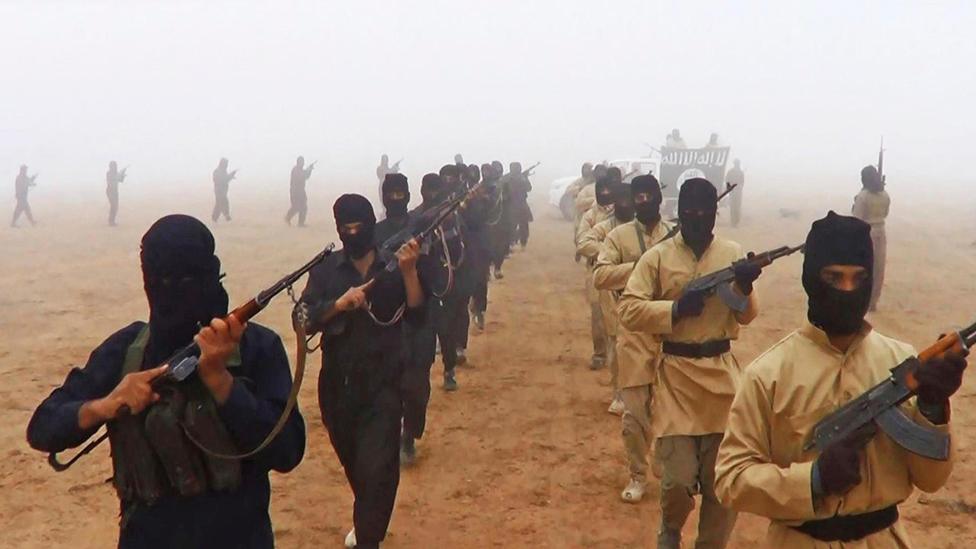Syrian conflict: The view from Golan Heights
- Published
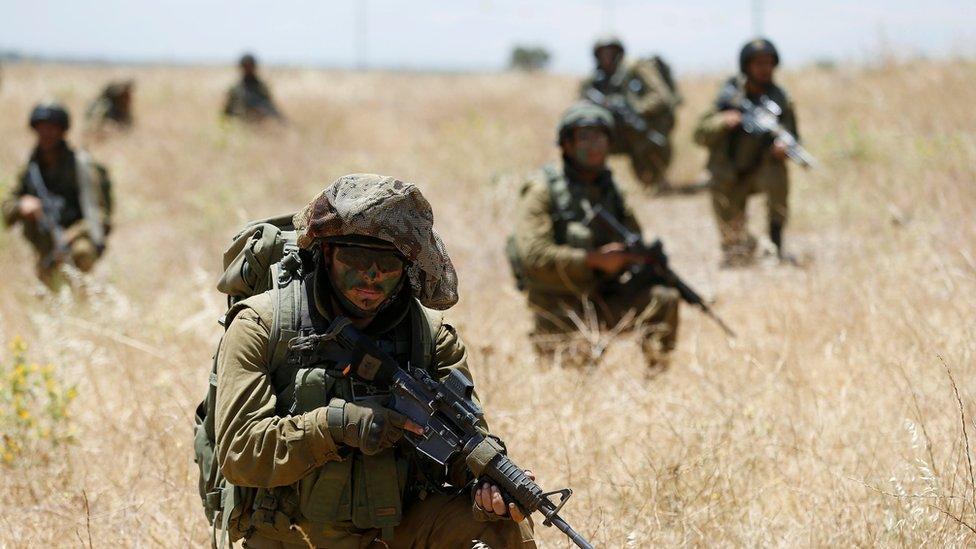
The Golan Heights have been under Israeli military control for nearly 50 years
The De Karina chocolate factory has become a popular place on the itinerary for thousands of visitors each year to the Golan Heights.
Tourists fill the visitors' shop while next door in the factory, machines that resemble cement mixers and wheels churn rivers of white and brown chocolate.
It is hard to believe that a brutal civil war is raging in Syria just three miles away from a factory that specialises in producing boutique chocolates.
It is also hard to reconcile the apparent peace and tranquillity of this area with the fact that so-called Islamic State - or Isis - is believed to control parts of Syria that border Israeli-occupied Golan.
The chocolate factory takes its name from Karina Chepelinski, a chocolatier originally from Argentina.
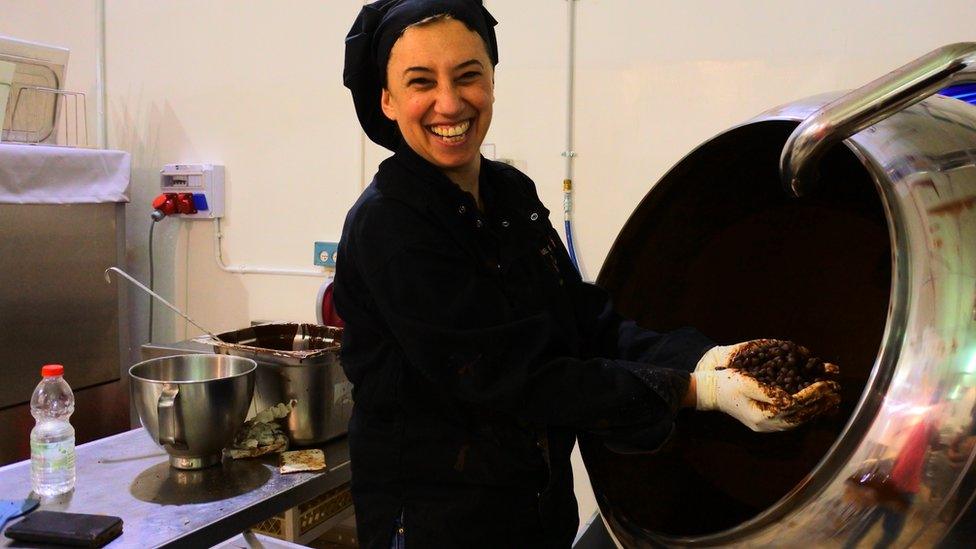
The De Karina chocolate factory is a popular tourist destination in the Golan Heights
Her husband, Gyora Chepelinski, who is also the chief executive officer of De Karina, told the BBC the border had been quiet for the decades leading up to the outbreak of the civil war.
"All we can do is rely on our defence forces and carry on making chocolate," Mr Chepelinski added.
Captured
Territory encompassing most of the Golan Heights, approximately 500 square miles, was captured by Israel in the last stages of the so-called Six Day War of 1967.
Israel effectively annexed the land in December 1981 when it officially extended Israeli law and government to the Golan.
The "border" between Israeli-occupied land and Syria is now the 1967 ceasefire line that is enforced by the United Nations.
What is left after five years of war?
Leading Israeli politicians have expressed concern about what could happen in the event of a possible future victory in the civil war by Syrian president Bashar al Assad.
Assad has been heavily supported by Iran and, in particular, the Islamist militants funded and backed by Tehran, Hezbollah. Hezbollah has vowed to destroy the state of Israel.
Earlier this year, the Israeli National Infrastructure Minister, Yuval Steinitz, warned: "I'm afraid that the price of a victory [by the Syrian regime] against Isis would be an Iranian military presence on our northern border.
"This would be a real danger to us. The world's shock over Isis's barbarity and the wish to defeat it causes it to ignore the Iranian threat and Hezbollah's character."
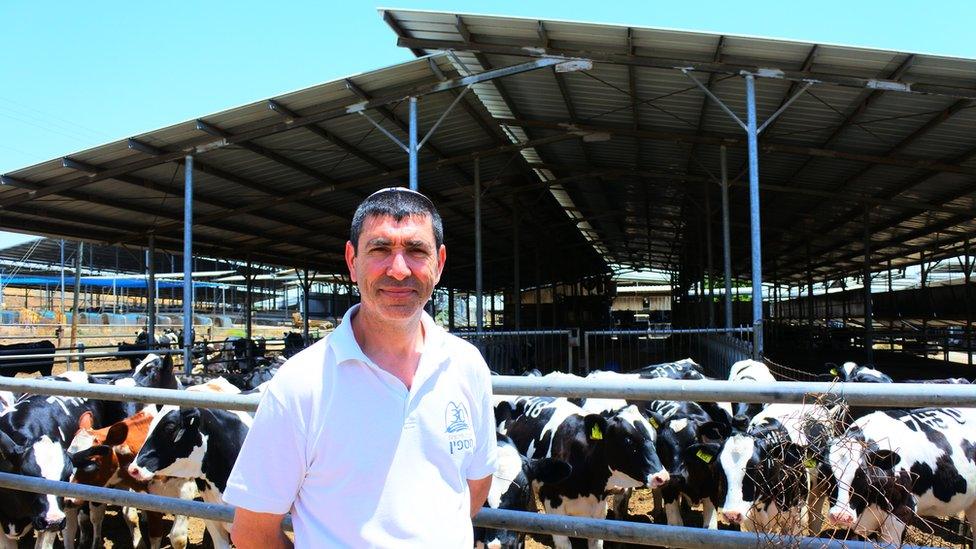
About 30,000 people live in Israel-occupied Golan
Paul Barel lives and works on the Moshav Yonatan, an agricultural community of about 350 people. It specialises in raising cattle and producing animal feed.
The village lies in south-eastern Golan just four miles from the ceasefire line. On the other side, so-called Islamic State is believed to be fighting Assad's Hezbollah-backed forces.
But Mr Barel believes that Iran and Hezbollah present the gravest threat to Israel's security.
He said: "Iran worries me more than anything else even Isis. Why? Because Iran is a government and a government with a lot of money, a lot of backing, a lot of people, and they're close to us. They have their technology, even nuclear technology that threatens not only the whole world but especially Israel."
'Very dangerous'
Of the 30,000 or so people in Israel-occupied Golan, fewer than half - about 14,000 - are Jews. The rest are mainly Druze Arabs, who straddle the 1967 ceasefire line.
But Israel believes a small number of Syrian Druze are being used in sporadic attacks against Israelis in the Golan Heights by Hezbollah.
Security analyst Miri Eisin, a former colonel in Israeli intelligence, told the BBC: "It already worries us that Hezbollah has already gone from Lebanon to the Golan Heights and we're already seeing that in today's day and age.
"It has taken time. So there's no question whatsoever that the presence of Iranians, not just in Syria in general but specifically on the Israeli-Syrian border looking towards Israel, is very dangerous.
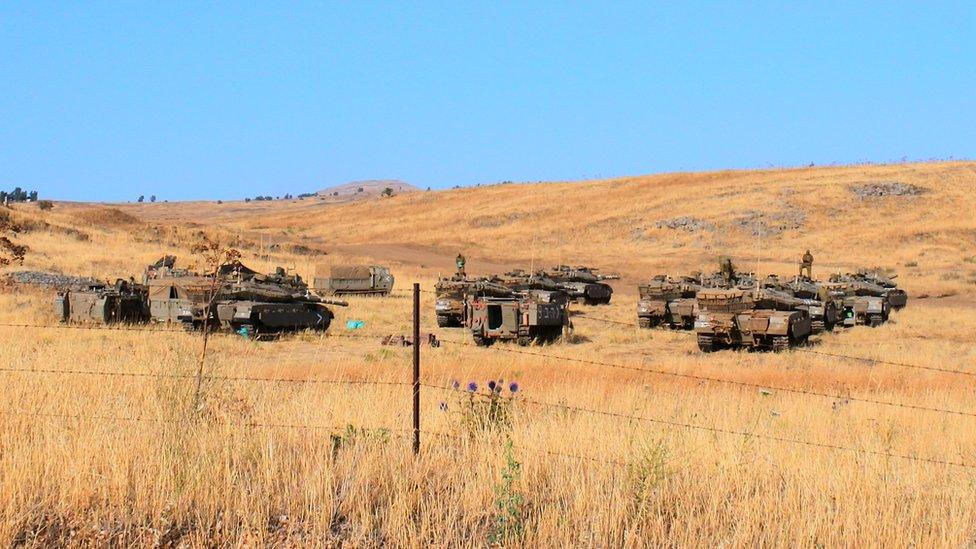
Israel captured the Golan Heights from Syria in 1967
"In the last three years we've seen the Hezbollah troops as they've been fighting for Bashar al Assad in Syria come to the northern Golan Heights and hooking up with the Druze of Syria, sending Druze to fight in Israel, planting bombs on the Israeli-Syrian border.
"That has nothing to do with the Syrian civil war. That's part of Hezbollah's war against Israel."
For many in the West as well as the Middle East, IS remains the most immediate threat. Concern about the growing influence of Iran is now being felt across the region, but particularly in the Golan Heights.
- Published29 August 2023

- Published14 June 2016
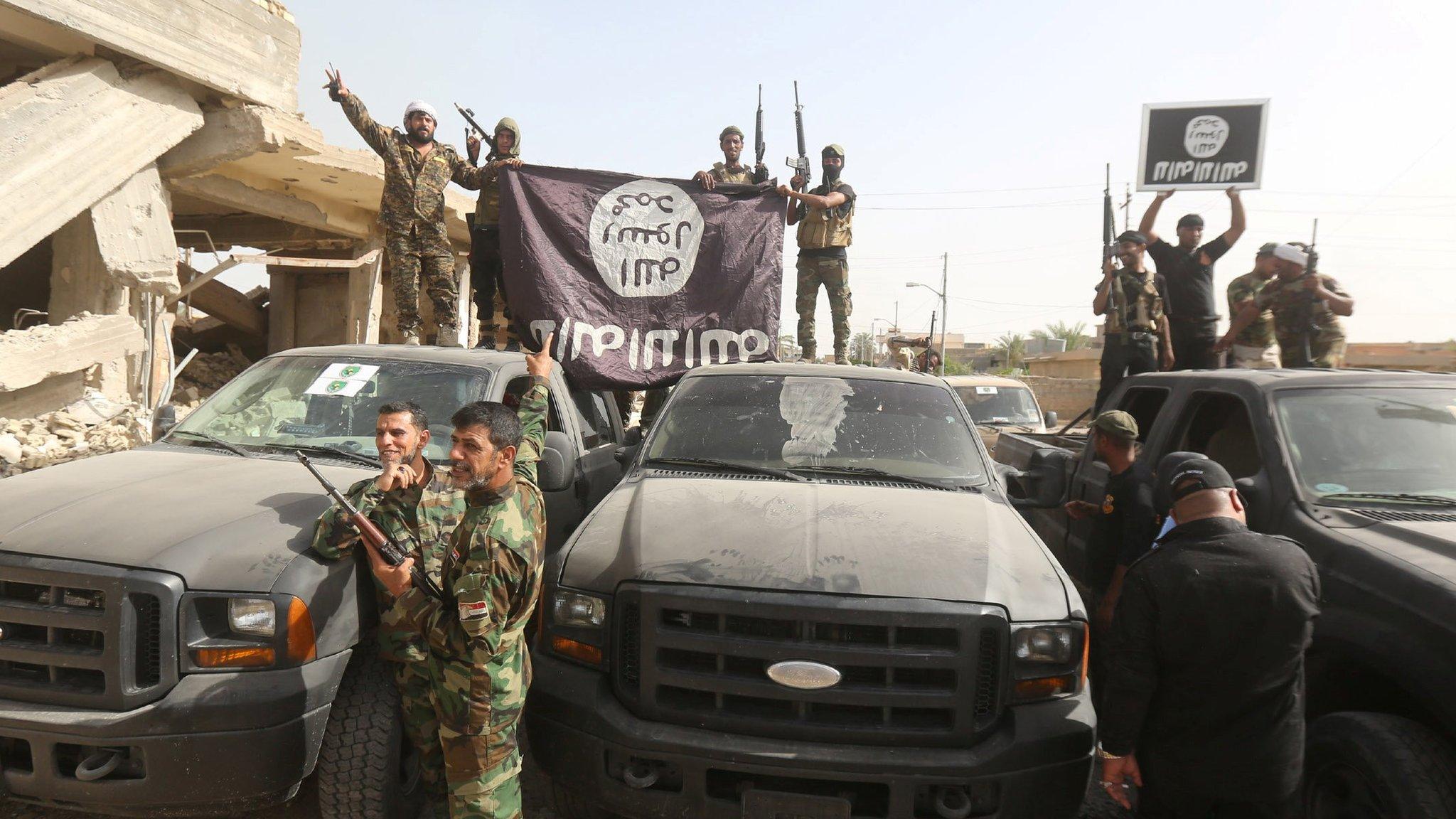
- Published17 October 2017
